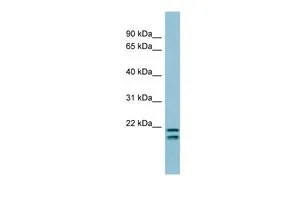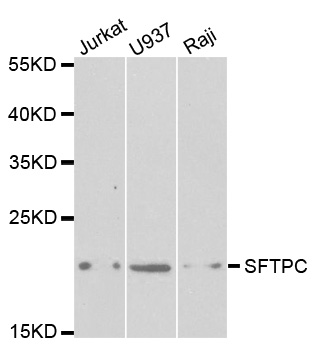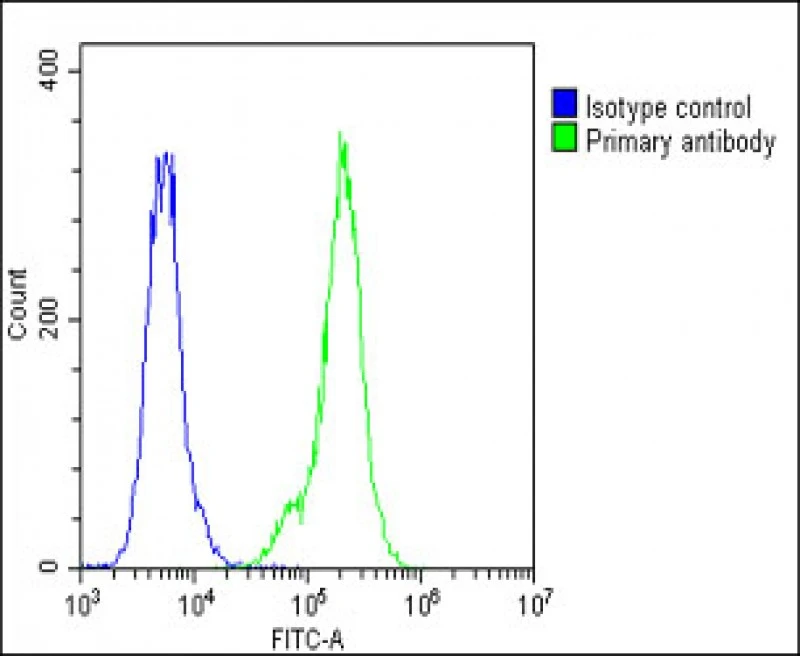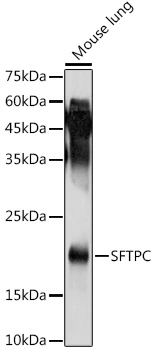
WB analysis of mouse lung tissue lysate using GTX54694 SFTPC antibody. Dilution : 1:1000 Loading : 25microg per lane
SFTPC antibody
GTX54694
ApplicationsWestern Blot, ImmunoHistoChemistry, ImmunoHistoChemistry Paraffin
Product group Antibodies
TargetSFTPC
Overview
- SupplierGeneTex
- Product NameSFTPC antibody
- Delivery Days Customer7
- Application Supplier NoteWB: 1:500 - 1:2000. IHC-P: 1:50 - 1:200. *Optimal dilutions/concentrations should be determined by the researcher.Not tested in other applications.
- ApplicationsWestern Blot, ImmunoHistoChemistry, ImmunoHistoChemistry Paraffin
- CertificationResearch Use Only
- ClonalityPolyclonal
- ConjugateUnconjugated
- Gene ID6440
- Target nameSFTPC
- Target descriptionsurfactant protein C
- Target synonymsBRICD6, PSP-C, SFTP2, SMDP2, SP-C, SP5, surfactant protein C, BRICHOS domain containing 6, pulmonary surfactant apoprotein-2 SP-C, pulmonary surfactant-associated proteolipid SPL(Val)
- HostRabbit
- IsotypeIgG
- Protein IDP11686
- Protein NameSurfactant protein C
- Scientific DescriptionThis gene encodes the pulmonary-associated surfactant protein C (SPC), an extremely hydrophobic surfactant protein essential for lung function and homeostasis after birth. Pulmonary surfactant is a surface-active lipoprotein complex composed of 90% lipids and 10% proteins which include plasma proteins and apolipoproteins SPA, SPB, SPC and SPD. The surfactant is secreted by the alveolar cells of the lung and maintains the stability of pulmonary tissue by reducing the surface tension of fluids that coat the lung. Multiple mutations in this gene have been identified, which cause pulmonary surfactant metabolism dysfunction type 2, also called pulmonary alveolar proteinosis due to surfactant protein C deficiency, and are associated with interstitial lung disease in older infants, children, and adults. Alternatively spliced transcript variants encoding different protein isoforms have been identified.[provided by RefSeq, Feb 2010]
- Storage Instruction-20°C or -80°C,2°C to 8°C
- UNSPSC12352203
References
- Chen Y, Zhou H, Wu H, et al. Abnormal Fetal Lung of Hoxa1(-/-) Piglets Is Rescued by Maternal Feeding with All-Trans Retinoic Acid. Animals (Basel). 2023,13(18). doi: 10.3390/ani13182850Read this paper
- Wang X, Wang M, Chen S, et al. Ammonia exposure causes lung injuries and disturbs pulmonary circadian clock gene network in a pig study. Ecotoxicol Environ Saf. 2020,205:111050. doi: 10.1016/j.ecoenv.2020.111050Read this paper
- Chang CS, Liao CC, Liou AT, et al. Enterovirus 71 targets the cardiopulmonary system in a robust oral infection mouse model. Sci Rep. 2019,9(1):11108. doi: 10.1038/s41598-019-47455-3Read this paper

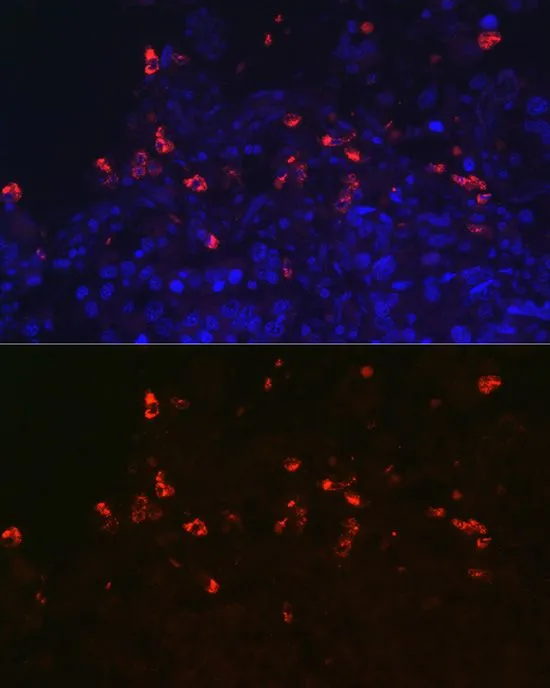
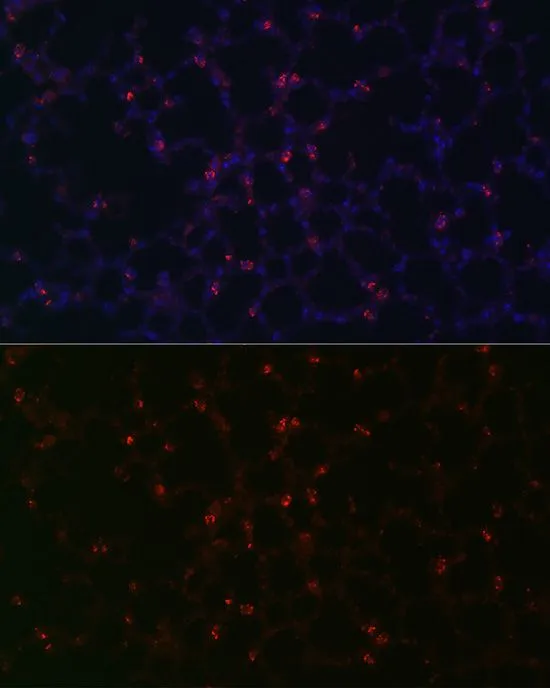
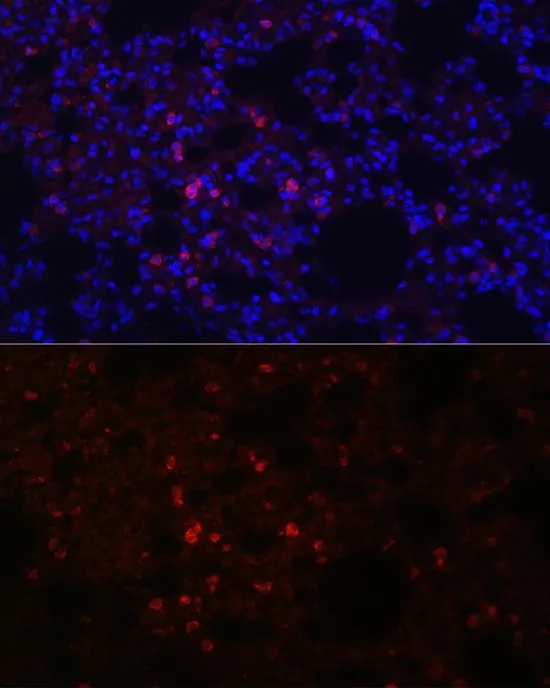
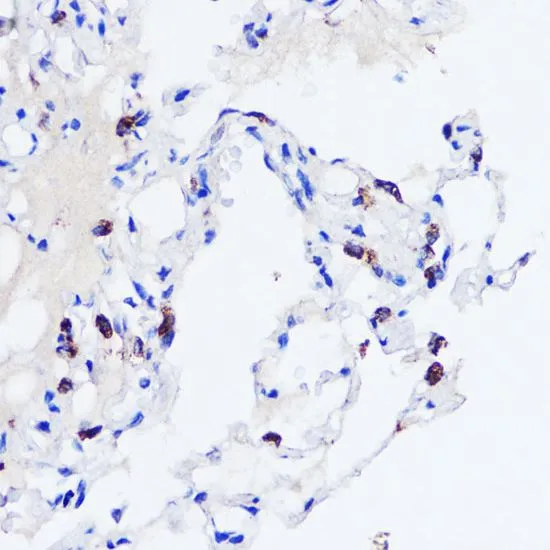
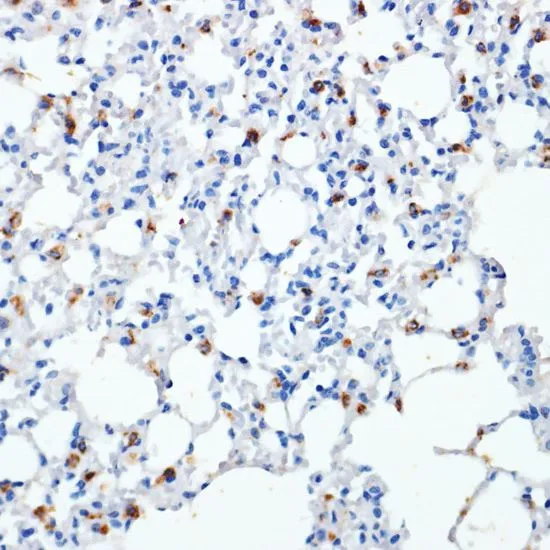
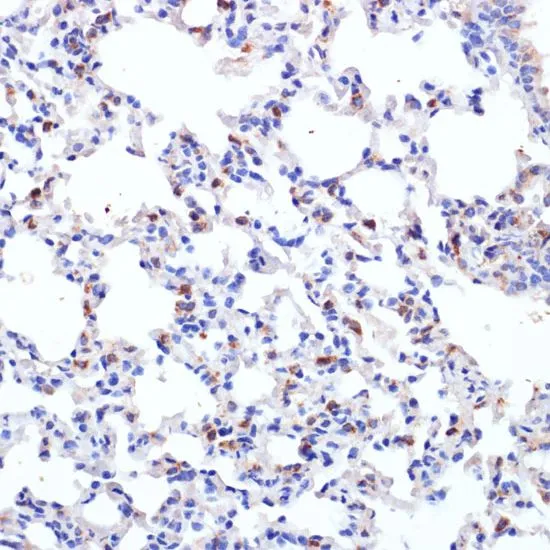
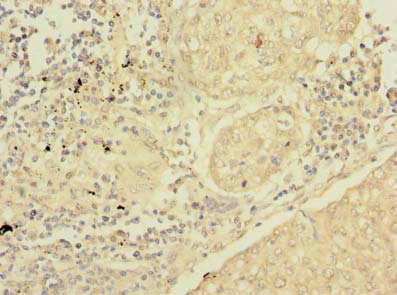
![ELISA analysis of antigen using GTX60670 SFTPC antibody [5E6A9]. Black : Control antigen 100ng Purple : Antigen 10ng Blue : Antigen 50ng Red : Antigen 100ng](https://www.genetex.com/upload/website/prouct_img/normal/GTX60670/GTX60670_20170912_ELISA_w_23061123_378.webp)
